
Storms, falling limbs, and lightning are all common causes of power outages. However, you are unlikely to believe us when we say that wildlife intervention, notably birds, squirrels, and various pests, is one of the most common causes of electrical power disruption!
Squirrels were ranked second on The American Public Power Association’s list of “Top Causes of Power Outages.”
Squirrel-related electrical power outages are widespread and prevalent in several regions. These furry threats have been observed to cause electric damage by burrowing and gnawing electric wires.
Rodents are known to gnaw through electric lines, and because they can’t understand the danger signs, they are also known to hide in high voltage systems. Squirrels typically use power line bridges as they are high, convenient routes, close to trees and roof supports. They provide safe thoroughfares. This means that squirrels can cause tripping by reducing the interfacial tension between cables, transformer parts, and other components of the system. This results in a power outage!
Wires are a dilemma because they are everywhere, and squirrels have a desire to chew on anything they can to keep their teeth from growing too long. A wire is an excellent tool for grinding teeth. They may chew while holding the wire, giving them more control.
Many cable manufacturers are embracing the sustainability approach and attempting to integrate renewable materials in their cable sheathing, such as edible soy, which is enticing to squirrels.
The utility lines offer a bird’s eye view. When birds are ready to migrate, wires provide a staging place. Insectivorous birds get their food while flying, so they always keep an eye out for tempting treats as they pass over power lines. Those wires may be more appealing perches than trees since there is no vegetation to obscure the view or hide prey.
Birds cause various disruptions and damages. They collide with overhead structures and conductors, contaminate insulators and machinery, and cause significant damage to facilities which leads to service interruptions to consumers. Sometimes the outage can happen when birds fly into equipment like Swans, Pelicans, Cranes, they have large wings and heavy bodies. Also, ducks fly at low altitudes but their high-speed flight may cause a power outage.
Their feces can cause buildup on power lines or insulators which may cause power disruption. Birds prefer utility poles to mate and raise their young’s which attracts the predators to climb over the top of the utility pole.
Let’s have a look at incidents where a power outage is occurred by these pesky creatures!
Power restored after major outage in Sudbury
After an early morning outage, Greater Sudbury Hydro has restored electricity to the downtown and hospital districts.
A squirrel triggered part of the outage, the utility company claimed in a tweet, and there was a problem at a DASH substation. A transformer was swiftly repaired by crews.
According to Wendy Watson, a spokesman for Greater Sudbury Utilities, the outage was caused by a squirrel shorting a circuit, which then caused a fault in a transformer.
Watson said in an email 4,171 customers were affected by the outage’s peak. Some parts of the Minnow Lake neighborhood were also affected.
Peahen electrocuted in Vadodara, causes power outage in the city
The Western Zone of Vadodara city witnessed a power outage after a short circuit at the main substation at Gotri. The cause of the short circuit has been attributed to the electrocution of a peahen in an intermediary substation located nearby.
With help of supplementary resources, the power was restored within two hours. But the incident has caused much damage to the source substation. Madhya Gujarat Vij Corporation Limited (MGVCL) carried out repair work for over 12 hours. The bird experienced instant electrocution. This ensured electricity passing through the two phases to collide, resulting in a huge short circuit.
The above incidents proved that little creatures can cause big headaches for utility companies and consumers. They are responsible for thousands of outages and millions of dollars in outage-related damage each year.
Despite their notoriety for disrupting electrical services, squirrels and birds perform a crucial part in our ecology. Squirrels tend to forget where they put things. They can sprout and grow new trees or plants from the nuts and seeds they forget about. Squirrels aid in the dispersal of plant seeds for future trees in this way. Birds provide insect and rodent control, plant pollination, and seed dispersion, all of which contribute to the ecosystem’s well-being.
As a result, it is essential to keep these pests away from our powerlines while also ensuring that they are not exterminated by us.
There is a solution with C Tech Corporation to keep the pests away from power grids.
We have developed an environment-friendly, non-hazardous, non-toxic, non-mutagenic, and non-carcinogenic product range to fight the problem without killing the pests.
Rodrepel™ can be used to combat rodent nuisance in power sectors. It is a rodent and animal repellent that works on the principle of aversion. Its mechanism is tried and tested and is proven to be effective against rodents.
Rodrepel™ is available in the form of a masterbatch, liquid concentrate, lacquer, wood polish additive, and spray.
The masterbatch can be incorporated with the polymer to manufacture cable sheathing and polymeric equipments. The liquid concentrate can be mixed with paints and used to coat interiors and exteriors of server rooms, surfaces of signal towers, electrical boxes, etc. The lacquer can be used as a topical application for existing wires, transformer boxes, flooring of server rooms. The wood polish additive can be blended with wood polish and can be applied to wooden articles surrounding power grids.
The ready-to-use Rodrepel™ spray is easy to use and protects wires and cables from rodent damage. It can be easily sprayed on any infested area.
Combirepel™ Bird repellent gel lacquer is specially designed to prevent birds from perching and roosting.
It is available in the form of concentrate gel lacquer. The product causes the bird’s pain receptors associated with taste. Some birds use their sense of smell through which they recognize that the product is a threat. This repellent evokes a physiological effect that the birds associated with a sensory cue and then learn to avoid.
The product is anti-corrosive and water-resistant and has no effect of UV light on it. The product is transparent and is compatible with most of the surfaces which are easy to apply.
Our Bye-Bye Birdie spray is a ready-to-use spray and can be sprayed directly on wires and cables or transformer boxes where birds roost to prevent a power outage.
Thus, using the bird’s sensory mechanism, we can get rid of them without causing them any physical harm.
The products are compliant with RoHS, RoHS2, RoHS3, REACH, APVMA, NEA, EU-BPR, and FIFRA exempted.
Contact us at technical.marketing@ctechcorporation.com to keep the pests away.
Also, visit our websites:
1] http://www.ctechcorporation.com/
Follow our Facebook pages at:
1] https://www.facebook.com/Combirepel-411710912249274/
2] https://www.facebook.com/Termirepel-104225413091251/
3] https://www.facebook.com/Rodrepel-120734974768048/
Follow us on our Twitter pages at:
1] https://twitter.com/rodrepel

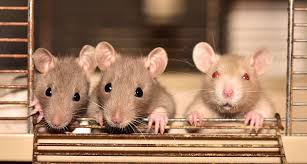
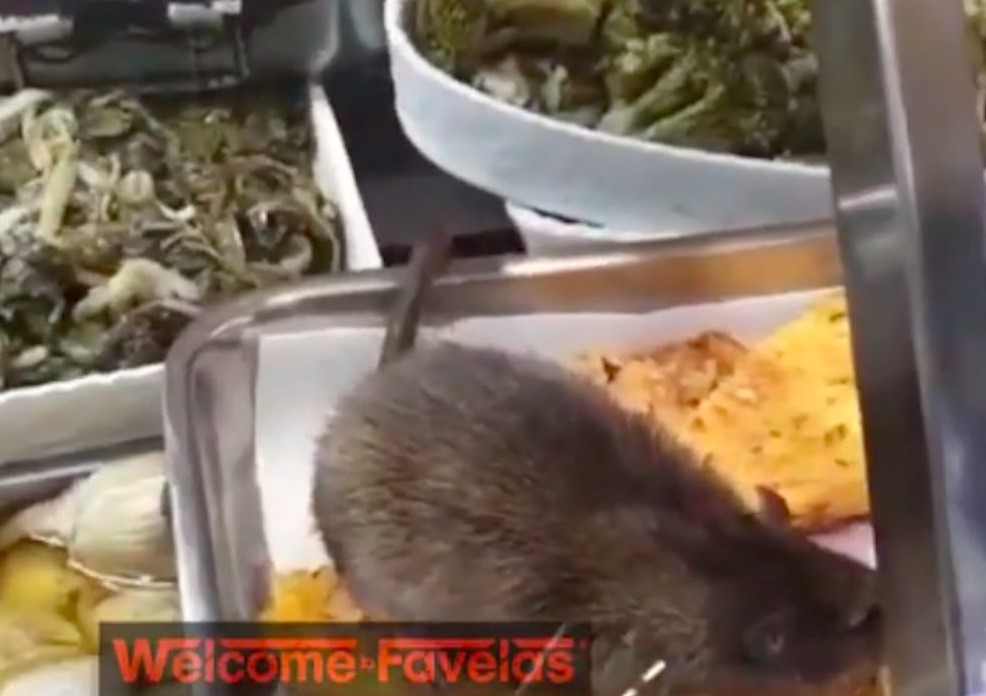

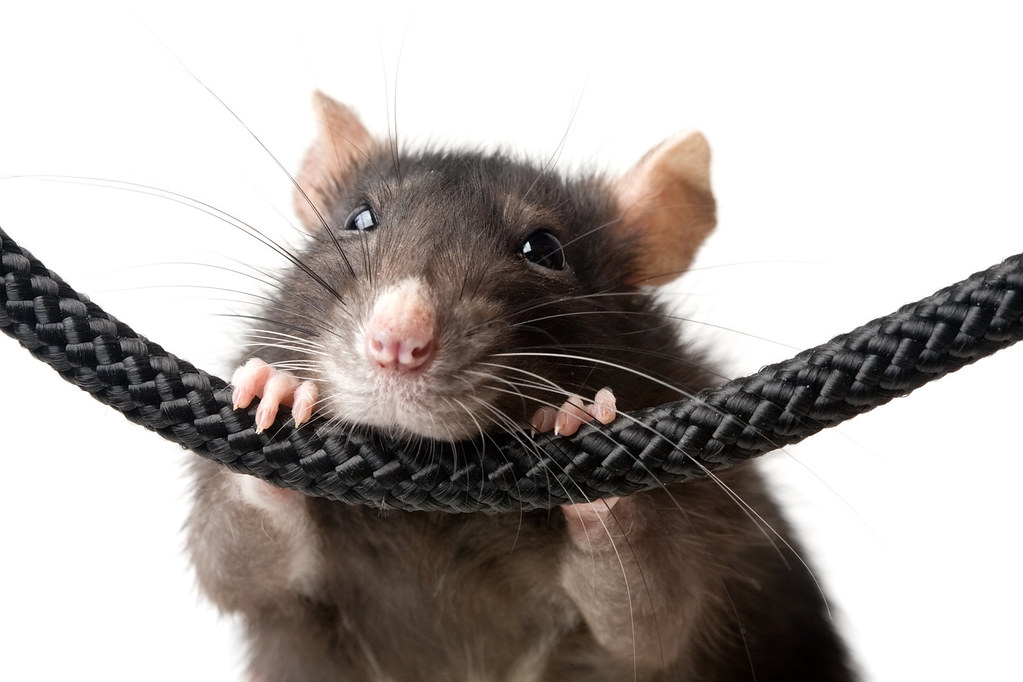


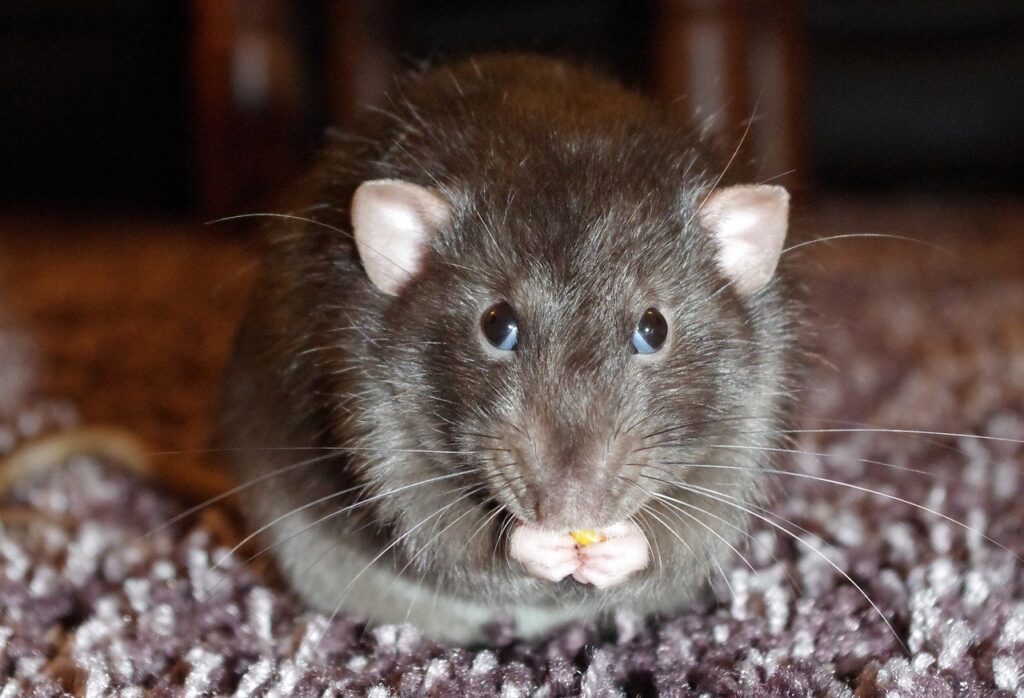

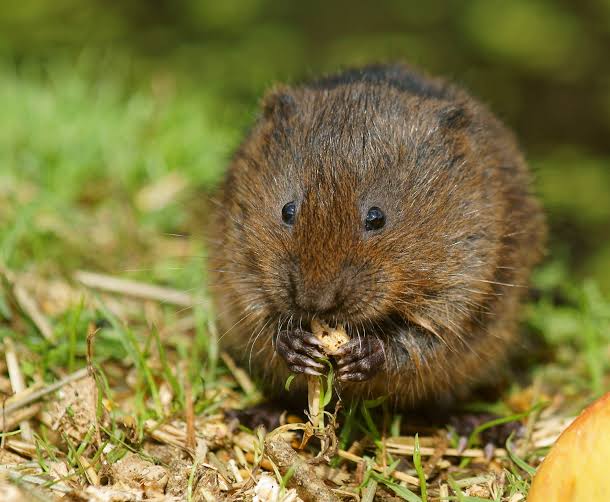
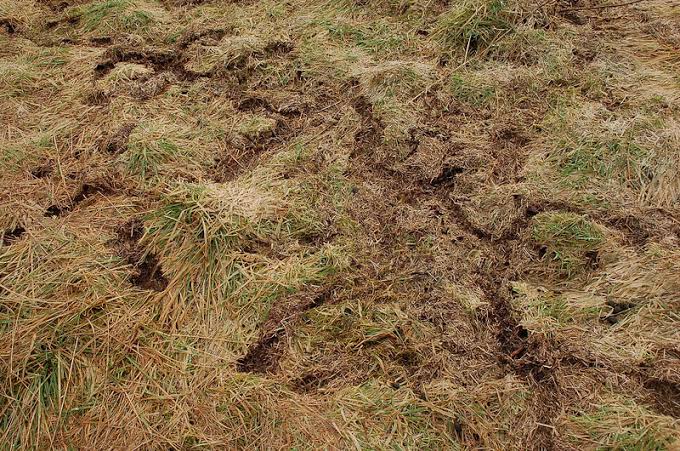
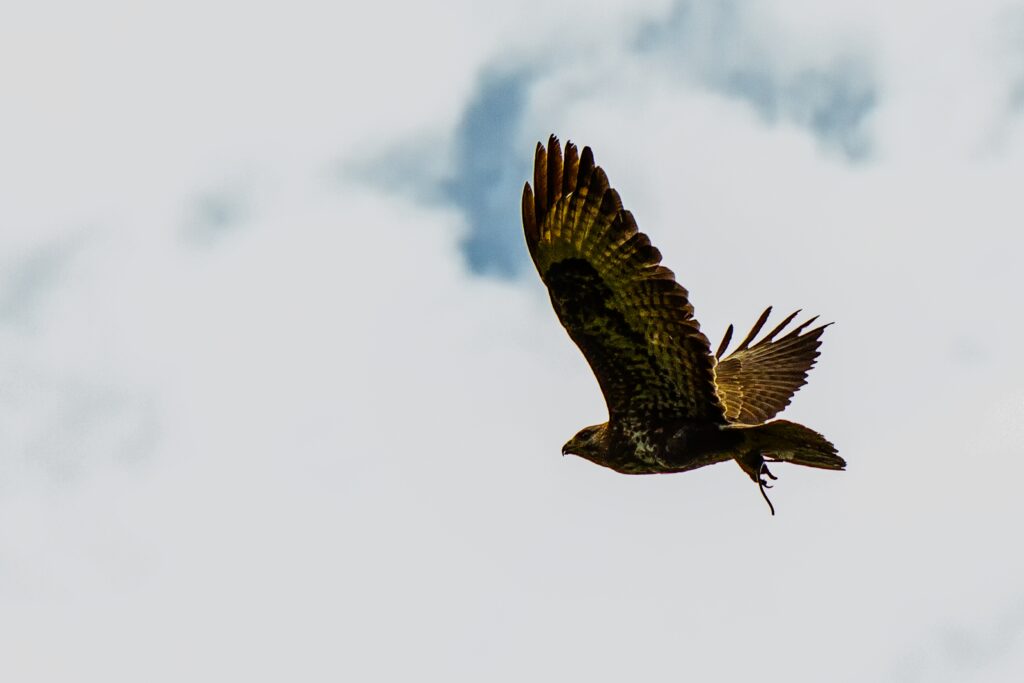
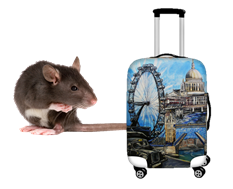 Rats and other pests are a common sight on railway tracks and platforms but having them as your travel companion is an unwanted experience. There are many instances for pests found in railway coaches and compartments and the pests are always spotted sooner or later.
Rats and other pests are a common sight on railway tracks and platforms but having them as your travel companion is an unwanted experience. There are many instances for pests found in railway coaches and compartments and the pests are always spotted sooner or later. Prateek Badvelkar and his family were travelling from Nasik to Bhopal in AC 2 coach of Udyognagri Express on July 29. This definitely was not a journey but a nightmare for the family as they faced a torrid time dealing with the bed bugs.
Prateek Badvelkar and his family were travelling from Nasik to Bhopal in AC 2 coach of Udyognagri Express on July 29. This definitely was not a journey but a nightmare for the family as they faced a torrid time dealing with the bed bugs.